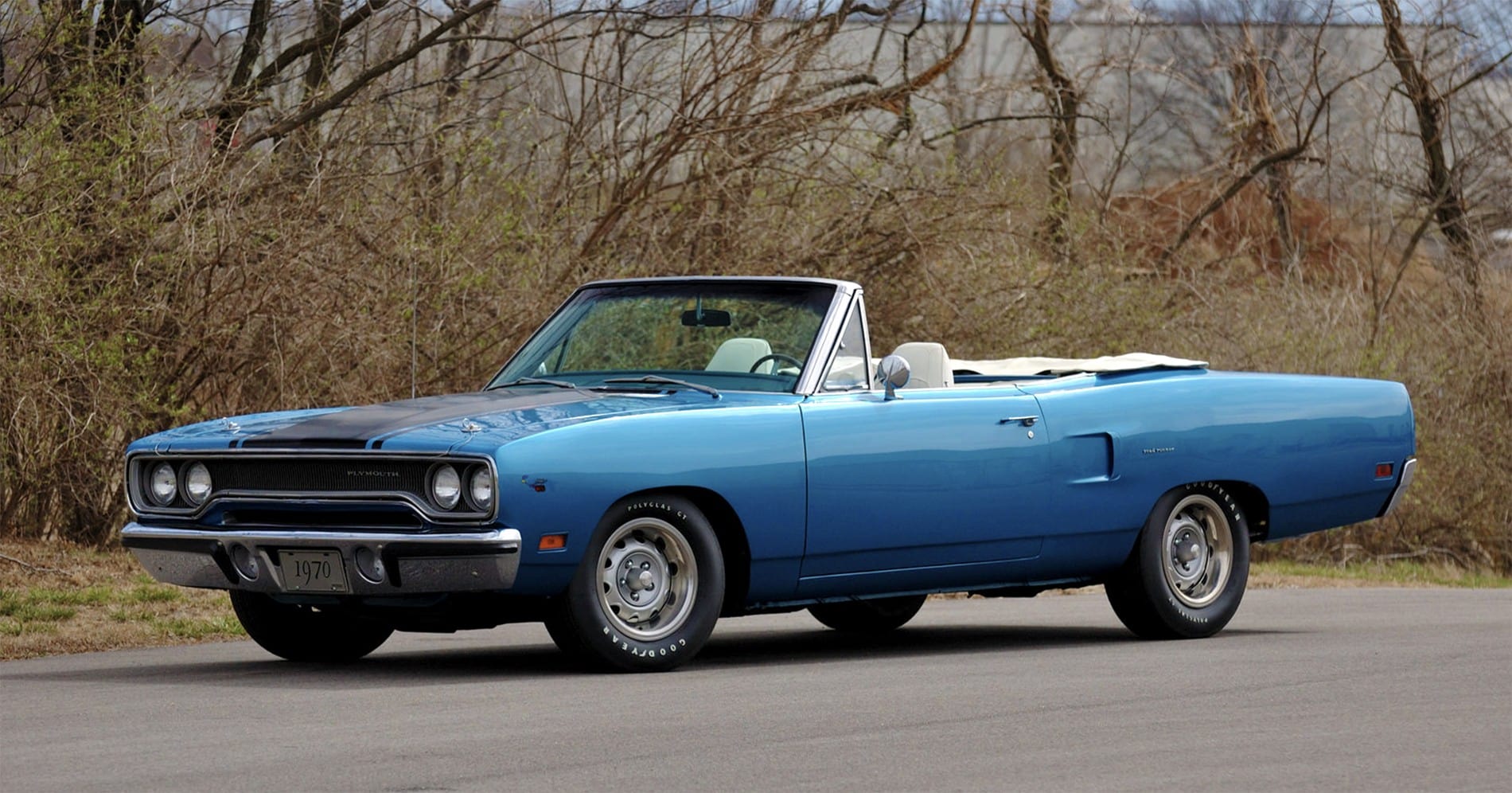When muscle cars exploded on the car scene in the mid-’60s, they brought a great many new things to the car industry. This included aesthetic changes with the release of new color schemes and graphic packages. When muscle cars became a sales hit, Detroit took the ‘cooler’ path with a rather colorful approach. The best way to stand out from the rest was to introduce wild and bright colors. Soon, shades like Hemi Orange or Plum Crazy Purple became synonymous with Dodge and Plymouth cars, but that wasn’t all.
To make their vehicles even more characteristic and unique, manufacturers started introducing various graphic designs that were previously unheard of at the time. This was the first time in car history that manufacturers equipped their models with wild graphics straight from the factory. It marked a revolutionary moment in the industry as a result. So much so that these graphics became legendary in addition to the cars. Even though this trend started in the US, it was later accepted by Europeans. Check out the best car graphic packages ever released straight from the manufacturers here.

Plymouth Roadrunner
When it first appeared in 1968, the Plymouth Roadrunner proved to be a very influential muscle car. Not only did it introduce the new trend of inexpensive yet fun vehicles but it was also a strong seller. The most appealing thing about the Roadrunner was the fact that Plymouth used the Roadrunner cartoon character from the popular Wile E. Coyote cartoon. Chrysler paid $60,000 for the rights to use the name and design and everyone thought the company was crazy for doing so. The sales results proved everybody wrong and the Roadrunner was the first muscle car with crazy graphics, starting the trend (via MCI).

The Roadrunner had a bench seat, no luxury options, and manual steering. It came with the powerful 383 V8 as the base engine and buyers could also opt for the 440 or the mythical Hemi 426. In 1969, the Roadrunner got a convertible option for those buyers who wanted an open-air driving feel. But the majority of Roadrunners produced were two-door hard tops. For just above $3,000, you could be the proud owner of a Roadrunner in 1970. However, if you wanted a few options and the Hemi engine, the price quickly rose to over $4,000.
